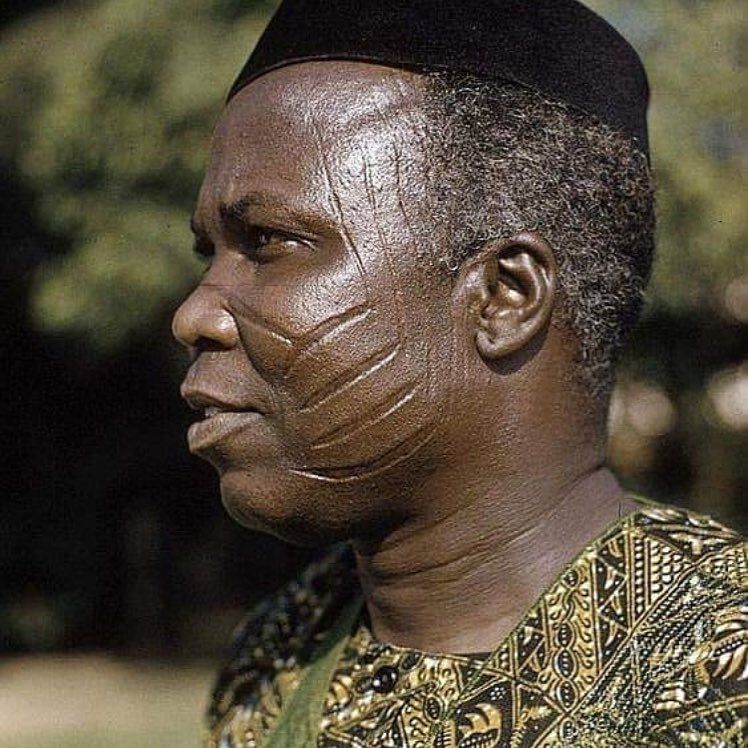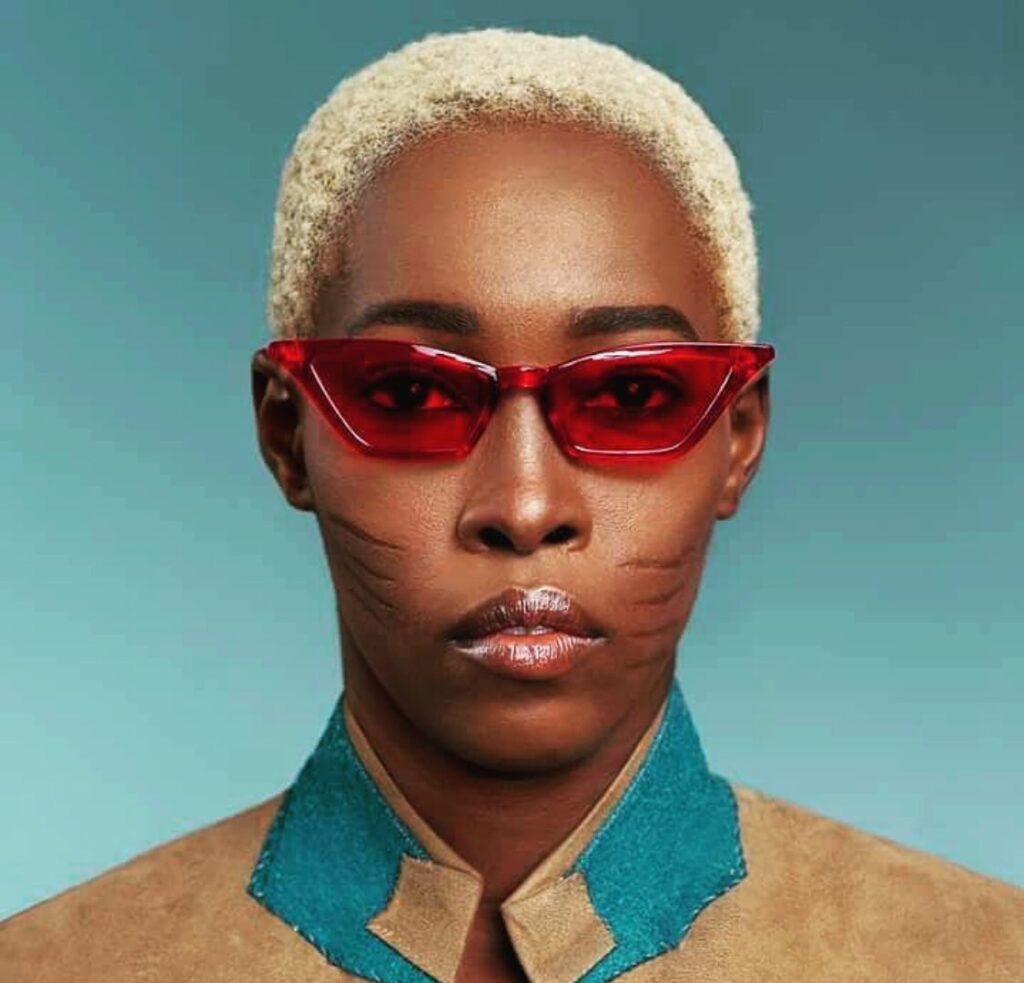In recent times, Nigerians, especially the younger generation, have detested tribal marks. According to them, civilization is in vogue and tribal mark is not included, and it is more of an abuse of humans than the beauty it claimed to give.
Unlike in the past, when the aim of giving tribal marks to children was for identification and beautification, young people these days make fun of individuals whose faces have marks, no matter how tiny. Some of them would even comment, “I would have disowned my mother and father if they had given me marks.” Some also say, “I can’t marry a woman or man with marks; I can’t even be friends with such.’
The above comments and more are the reasons why 21st-century parents will not give their children tribal marks. However, medical practitioners also advise that people must be cautious of the culture to prevent the spread of HIV/AIDS as tribal marks experts use the same blade to cut people.

What are these tribal marks, and what is the story behind them?
Tribal marks are visible markings on the body, particularly on the face, that can be used to identify a person, which came into existence during the colonial era in Nigeria. Tribal marks or scarification of human skin is a cultural inheritance that has had a significant impact on a society’s cultural consciousness.
During the colonial administration, slavery was the order of the day, and people were captured by the colonial masters to run errands and become administrative servants. There were no way families could identify themselves, because their duty posts were not the same. For instance, a father could be in Kaduna while his wife and son could be in Ibadan.
Therefore, this prompted many Nigerians to begin to give their family members tribal marks in case they were apprehended.
Tribal marks are permanent on the faces of the bearers (this is why most people who do not like marks do face surgeries), which have been passed from one generation to another. They frequently gave people a sense of belonging. The marks were placed on a newborn as a symbol indicating he belonged to a specific group at birth.
Also, in the past, people were given tribal marks as a kind of spiritual protection and healing. In addition, when children are extremely ill, they are given marks in specific places so that they can be treated. However, cutting or piercing the skin with a sharp or hot item is a painful procedure. This results in permanent scarring on the affected part of the body, which is termed “tribal marks.”
Tribal marks vary in different tribes, especially in the three major ethnic groups in Nigeria: Hausa, Igbo, and Yoruba. In Yorubaland, terms such as Gombo, Keke, Pele, and Owu are relevant. In the Hausa/Fulani tribe, there are marks such as zube yan baka, doddori, kalangu, and bille. While in Igboland, tribal marks are not common, some parts have a mark called ‘iwu.’

Fashionistas with tribal marks strive to get to the success of their career because What was formerly considered a sign of beauty, individuality, and heritage is today considered mutilation and a source of shame.





